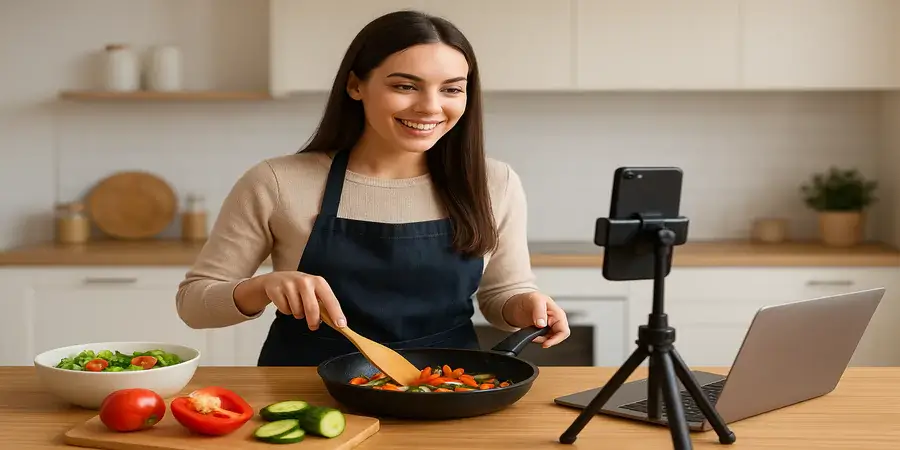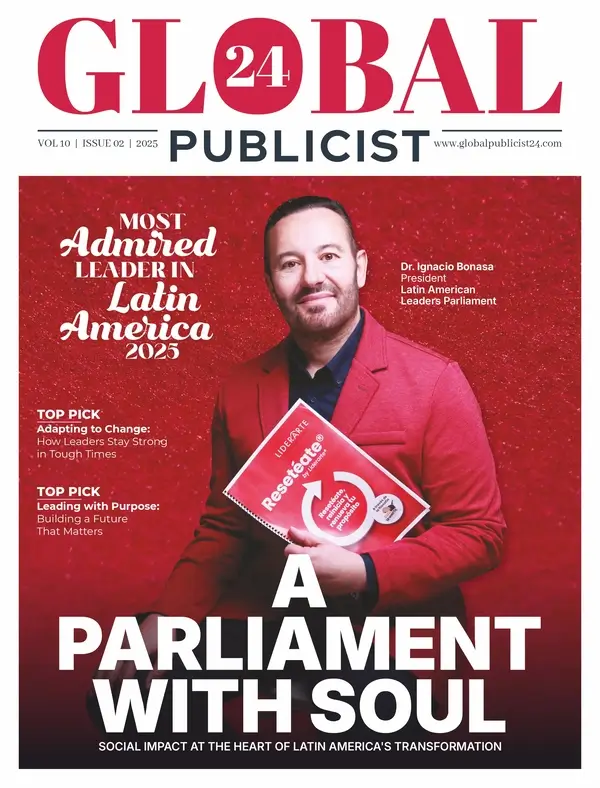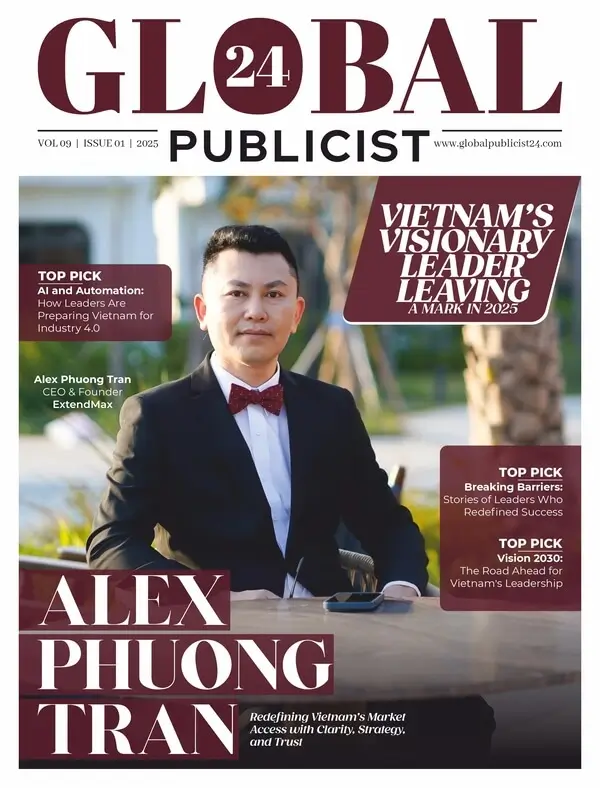In the digital marketing landscape, food content possesses a unique superpower: universal appeal that transcends demographics, cultures, and seasons. While other niches experience fluctuating interest, food content maintains its magnetic pull on audiences year-round, making it the ultimate evergreen marketing strategy for consistent traffic and engagement.
The Foundation of Food Content’s Universal Appeal
Food content marketing succeeds because it taps into humanity’s most basic need while simultaneously addressing our desire for creativity, community, and culture. Unlike trend-dependent niches, culinary content strategy offers perpetual relevance. People will always need to eat, always seek new recipes, and always share their dining experiences. This creates an endless cycle of content opportunities that smart marketers can leverage for sustained growth.
The beauty of food content lies in its multi-sensory appeal. A well-crafted recipe blog post doesn’t just provide instructions; it evokes memories, triggers cravings, and inspires action. This emotional connection drives engagement rates that consistently outperform other content categories, with food posts generating 1.5x more shares on social media than the average content piece.
Strategic Content Areas for Maximum Impact
Successful food content marketing requires strategic diversification across multiple content pillars. Start with dietary restriction content, which has become increasingly vital as 36% of consumers follow some form of specialized diet. Gluten-free, vegan, keto, and allergen-friendly recipes aren’t just trends they’re evergreen content goldmines that attract dedicated, engaged audiences searching for specific solutions.
Quick meal content represents another cornerstone of effective culinary content strategy. Target busy professionals with “30-minute dinners” or “meal prep Sunday” concepts. These time-conscious formats consistently rank among top-performing recipe blog traffic drivers because they solve real problems for time-strapped audiences. Pair this with budget-friendly meal planning content to capture the cost-conscious demographic, creating content that remains relevant regardless of economic conditions.
Cultural cuisine content offers exceptional opportunities for both evergreen appeal and trending moments. While authentic recipes for classic dishes provide steady traffic, fusion concepts and cultural food stories can capture viral attention. This dual approach ensures consistent baseline traffic while leaving room for explosive growth during cultural moments or food holidays.
Platform Optimization Strategies
Each digital platform demands a unique approach to food content marketing. For blog SEO, focus on long-tail keywords combining dish names with modifiers like “easy,” “authentic,” or “healthy.” Structure recipes with schema markup to capture coveted recipe card positions in search results. Include process shots every 150-200 words to maintain visual engagement and reduce bounce rates.
YouTube cooking content requires a different strategy. Optimize for both search and suggested videos by creating series around specific themes “Weeknight Dinners Under $10” or “Restaurant Recipes at Home.” Front-load value in the first 15 seconds, showing the finished dish to hook viewers before diving into instructions. Use timestamps in descriptions to improve user experience and watch time metrics.
Instagram demands visual perfection paired with strategic hashtag use. Develop a consistent aesthetic while varying content formats static posts for hero shots, carousels for step-by-step recipes, Reels for quick tips, and Stories for behind-the-scenes content. Leverage Instagram’s shopping features to monetize directly through affiliate partnerships and product sales.
TikTok food trends move at lightning speed, but smart creators can ride these waves while maintaining evergreen value. Create trend-responsive content that ties back to timeless techniques or recipes. A viral food hack can introduce viewers to your broader content ecosystem, converting trend-seekers into long-term followers.
Audience Segmentation and Targeting
Effective culinary content strategy requires understanding distinct audience segments. Health-conscious consumers seek nutrition information alongside recipes incorporate calorie counts, macro breakdowns, and ingredient substitutions. This audience values transparency and expertise, making them ideal for long-term community building.
Budget-friendly content attracts a broad, highly engaged audience. These viewers appreciate cost breakdowns, shopping lists, and bulk cooking strategies. They’re also more likely to share content that provides genuine value, amplifying your organic reach.
The aspirational home chef segment craves technique-focused content and restaurant-quality recipes. While smaller in number, this audience typically shows higher engagement rates and willingness to invest in recommended products, making them valuable for monetization strategies.
Monetization Through Strategic Partnerships
Food content marketing offers diverse monetization opportunities beyond traditional display advertising. Affiliate marketing performs exceptionally well, particularly for kitchen equipment, specialty ingredients, and meal kit services. Build trust by only recommending products you genuinely use, maintaining authenticity while generating revenue.
Sponsored content partnerships with food brands can provide substantial income while adding value for your audience. Develop media kits showcasing your engagement rates and audience demographics. Focus on long-term brand relationships rather than one-off sponsored posts, creating more authentic and profitable partnerships.
Product development represents the ultimate monetization strategy. Whether creating cookbooks, spice blends, or cooking courses, your engaged audience provides a built-in customer base for product launches.
Building Community and Sustaining Engagement
Community building transforms casual viewers into devoted followers. Encourage user-generated content through recipe challenges and hashtag campaigns. Feature follower recreations to foster belonging and encourage participation. Respond to comments with genuine interest, asking follow-up questions about substitutions or family reactions.
Create exclusive content for email subscribers printable meal plans, shopping lists, or advance access to new recipes. This email list becomes your most valuable asset, providing direct access to engaged followers regardless of algorithm changes.
The Recipe for Long-Term Success
Food content marketing succeeds because it combines practical value with emotional connection. By diversifying across platforms, targeting specific audience segments, and maintaining consistent quality, culinary content creators can build sustainable businesses around their passion for food. The key ingredients remain constant: authenticity, value, visual appeal, and community focus. Mix these elements with strategic planning and platform optimization, and you’ll create a content marketing recipe that delivers consistent traffic and engagement for years to come.














